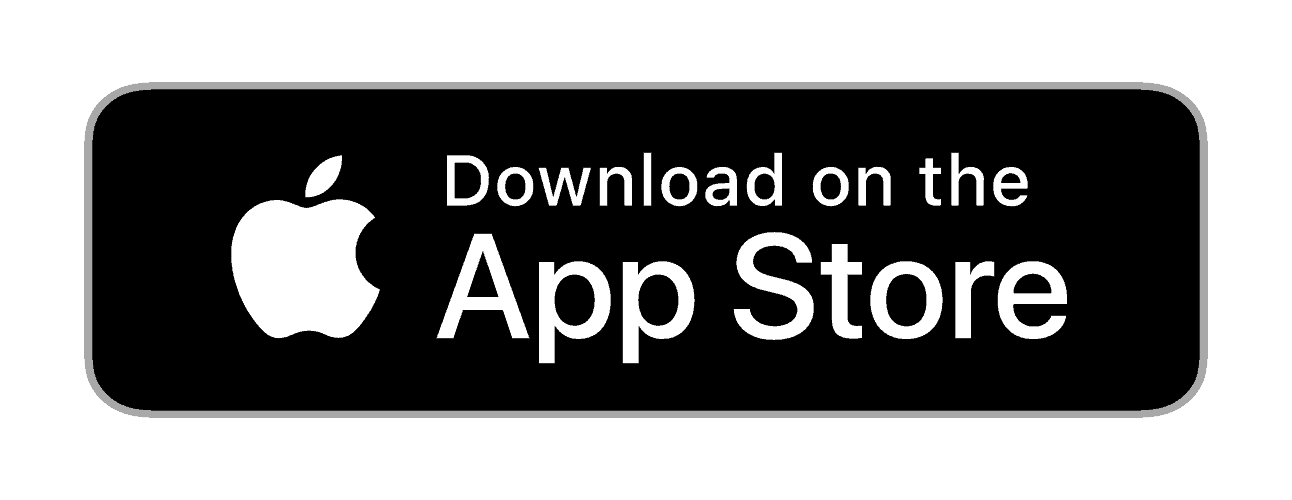First published on techinasia.com on 20 Nov 2018.
This article is part of Tech in Asia’s partnership with The Jay Kim Show where we publish the revised transcripts from the show’s podcast interviews with top entrepreneurs. This is heavily revised from the original show transcripts. For the full interview, go here.
Pascal Henry is the co-founder and CEO of HReasily, a Singapore-based HR tech startup that provides HR solutions, such as payroll processing, leave management, and claims application, on a SaaS platform. They now operate across several countries in Asia.
Henry and I talk about how the different modules of HReasily help businesses and what their future plans are.



